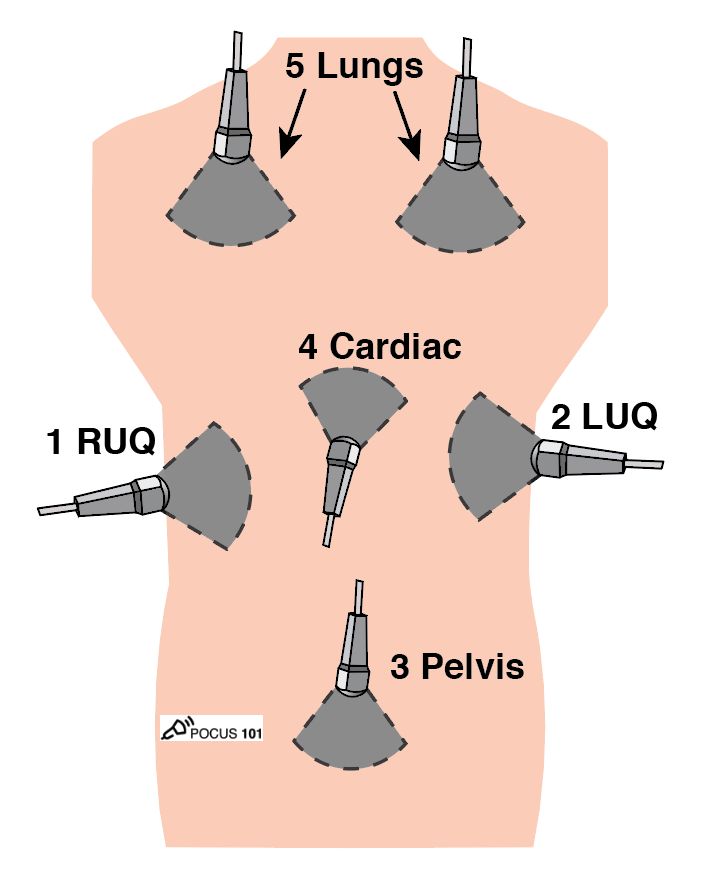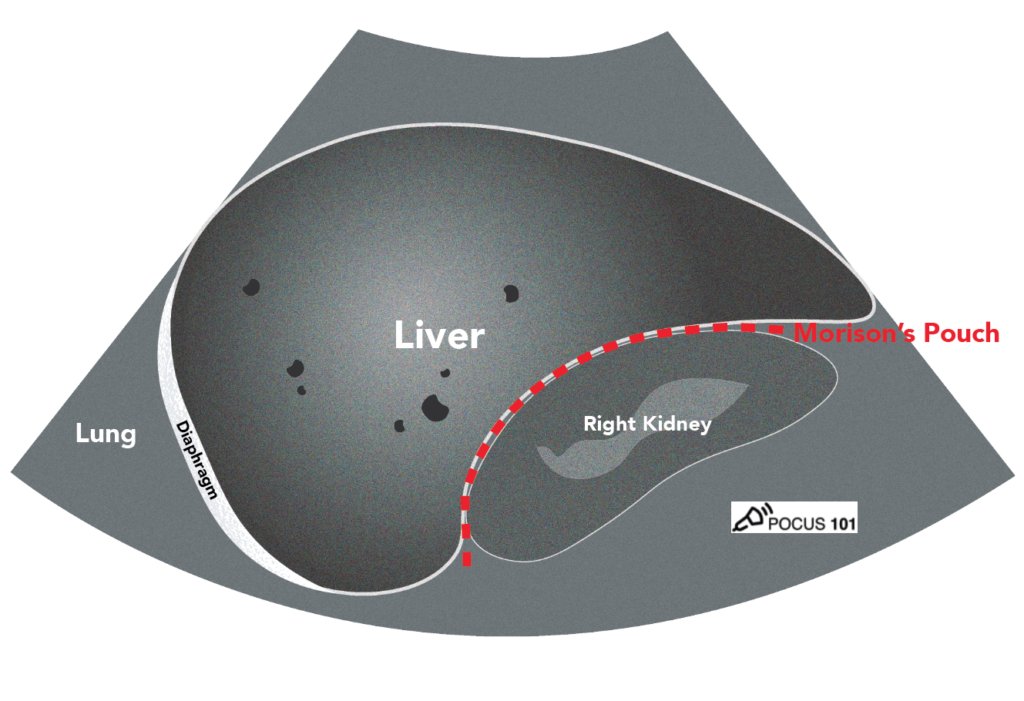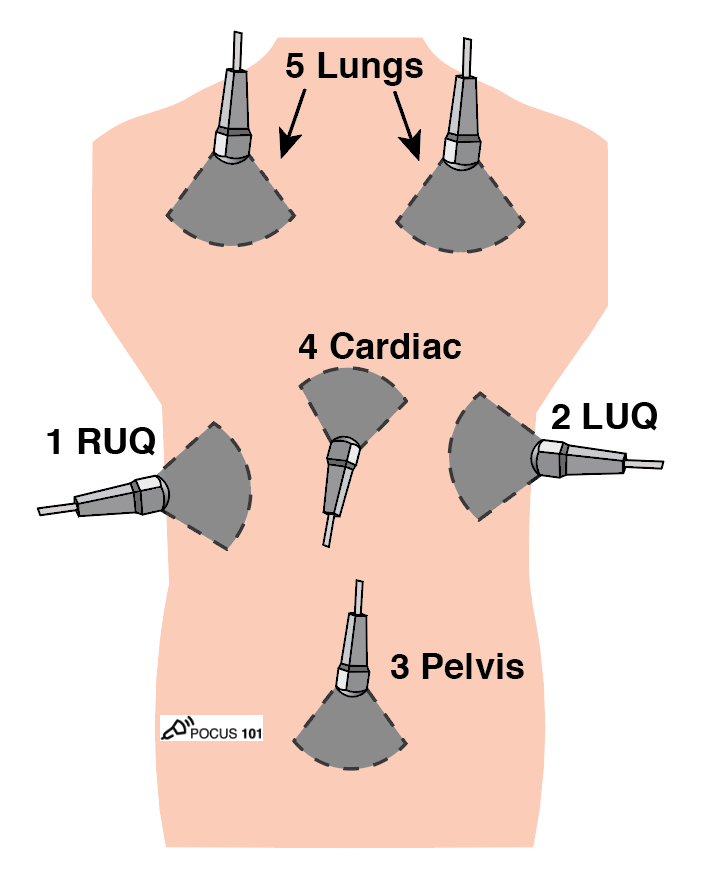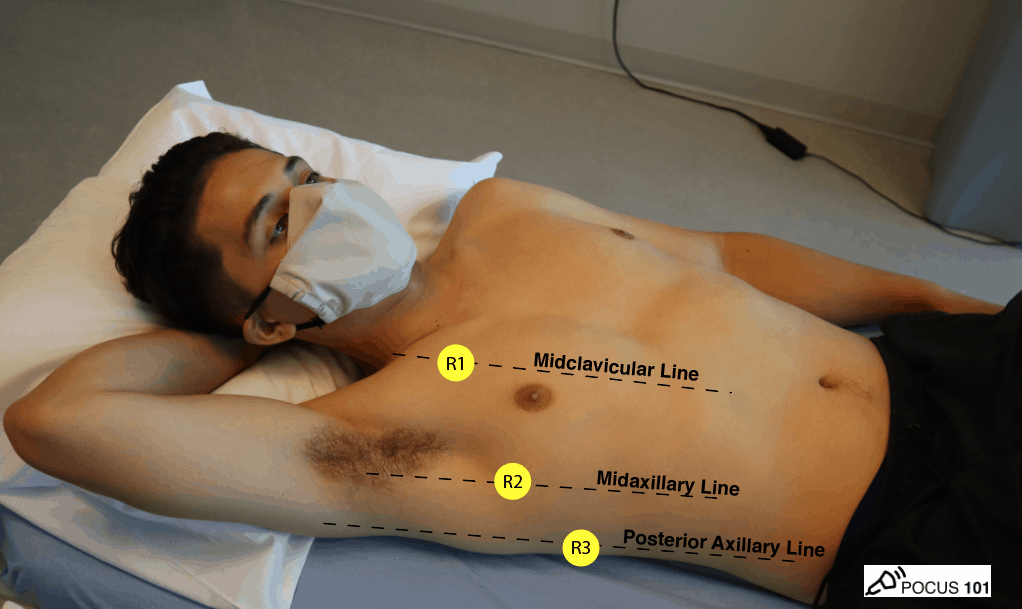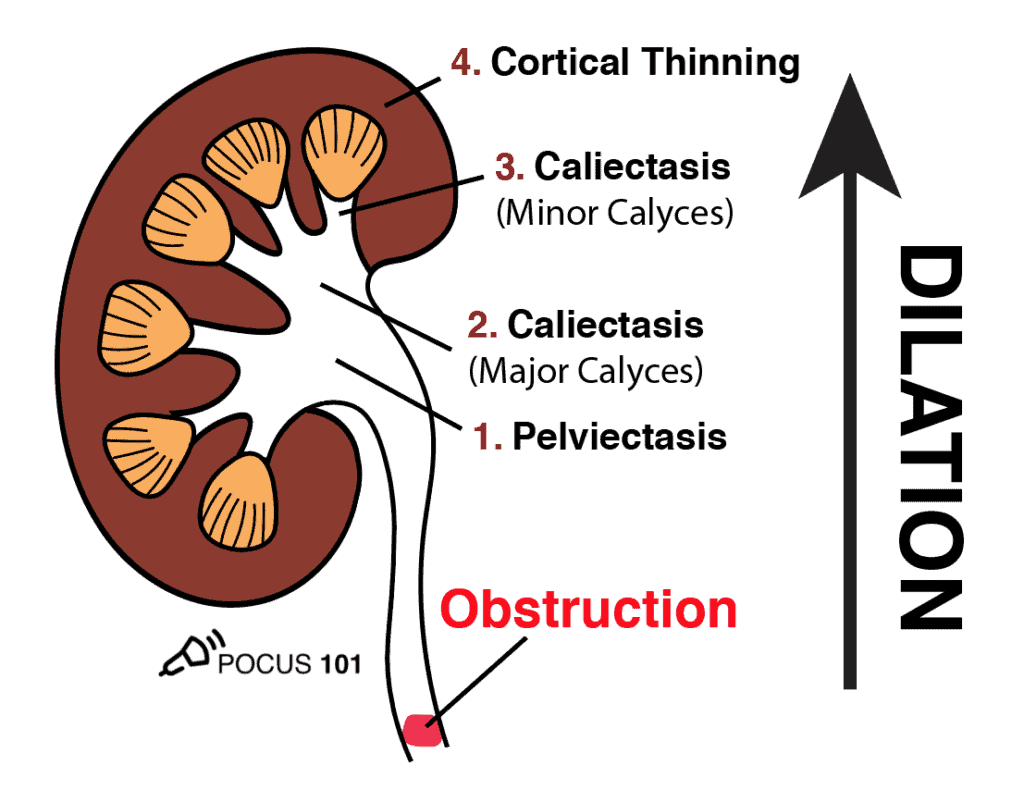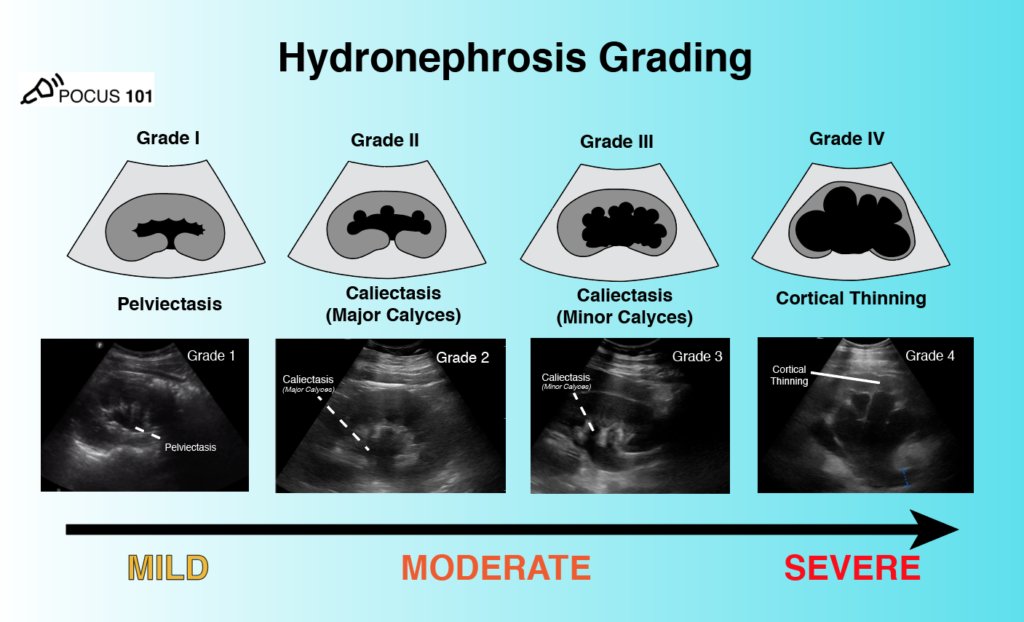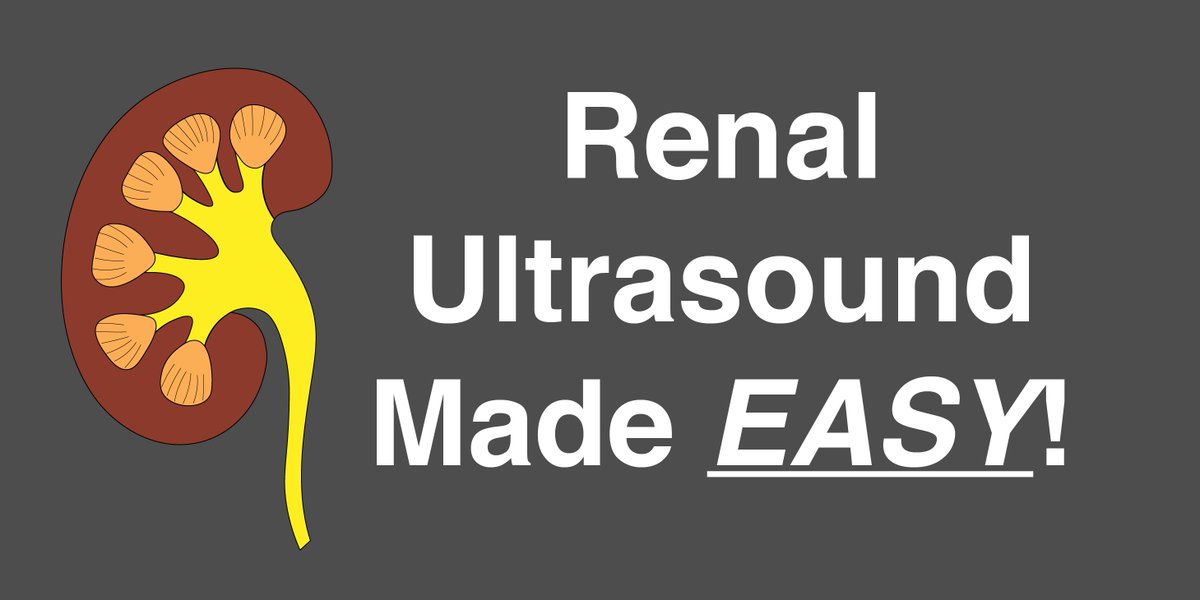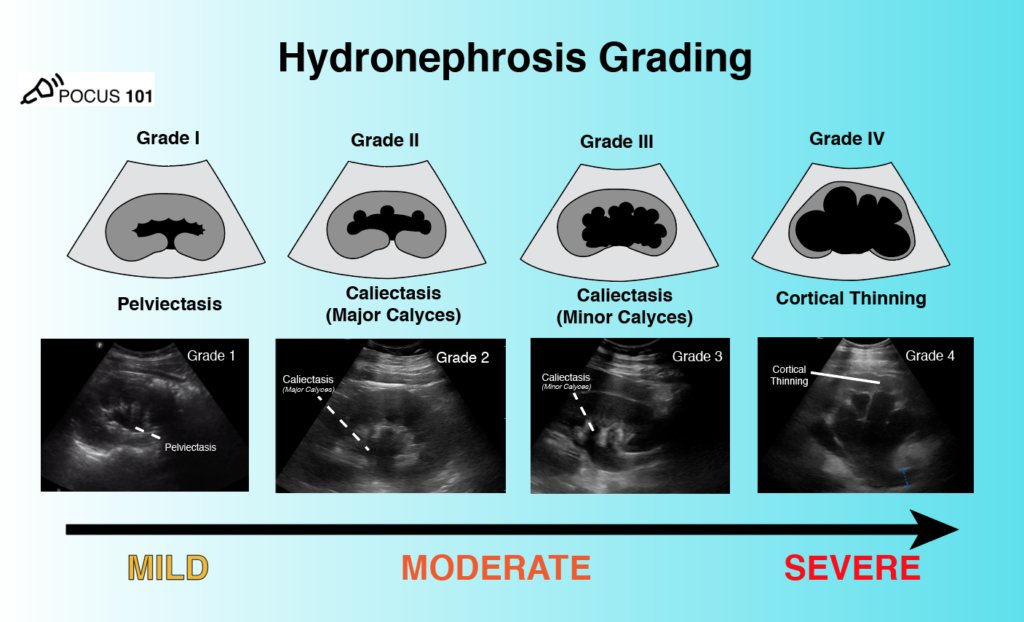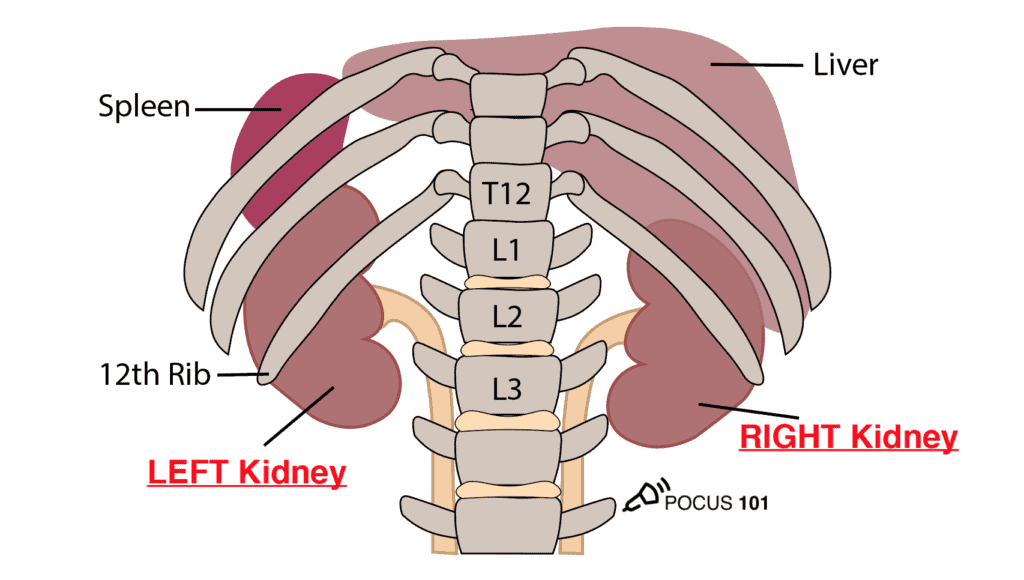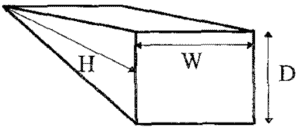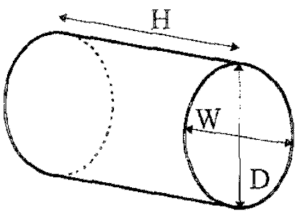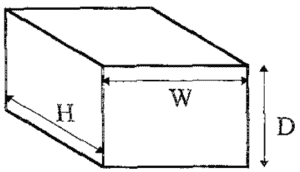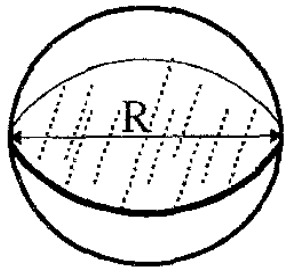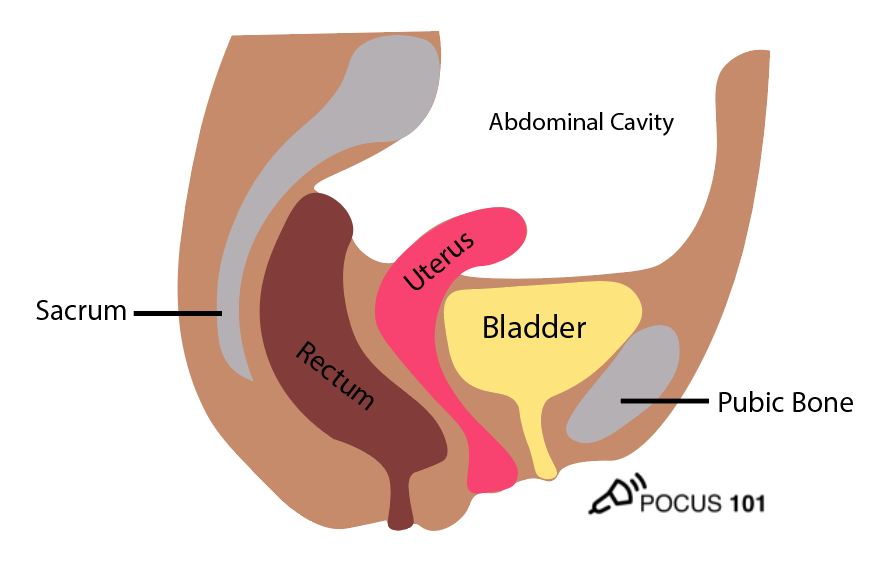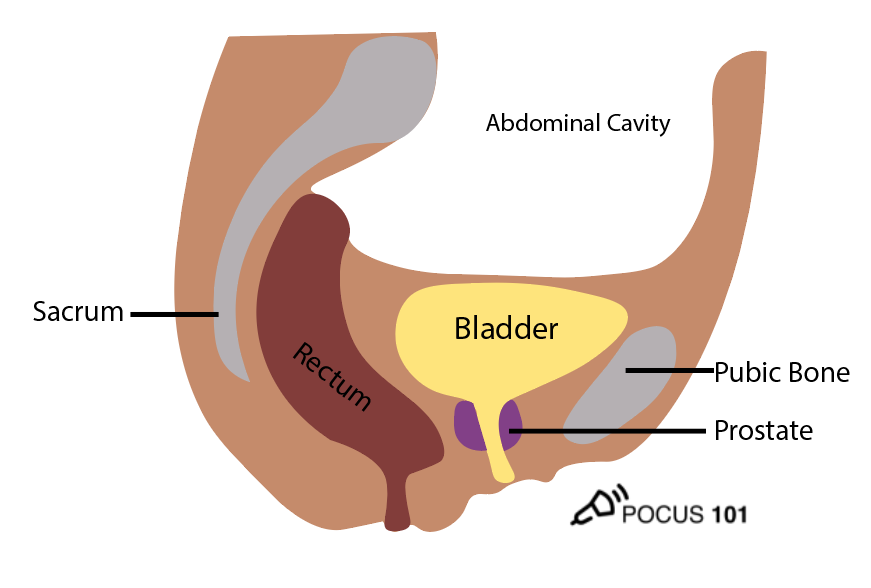
Does Measuring Cardiac Output ❤️ with #POCUS seem confusing 😕? Let's Demystify that today 😀!
1⃣Measure LVOT Diameter
2⃣Measure LVOT VTI
3⃣Measure HR
4⃣Calculate SV and CO
5⃣FREE Pocket Guide PDF!
✅New Blog Post & PDF
🔗👉pocus101.com/CardiacOutput
#medtweetorial 👇(1/n)
1⃣Measure LVOT Diameter
2⃣Measure LVOT VTI
3⃣Measure HR
4⃣Calculate SV and CO
5⃣FREE Pocket Guide PDF!
✅New Blog Post & PDF
🔗👉pocus101.com/CardiacOutput
#medtweetorial 👇(1/n)

Cardiac output (CO) is the total volume of blood moved by the heart per minute. It is a product of the left ventricular stroke volume (SV) and the heart rate (HR).
Cardiac output (mL/min) = Stroke Volume (mL/cycle) x Heart Rate (bpm)
🔗👉pocus101.com/CardiacOutput
Cardiac output (mL/min) = Stroke Volume (mL/cycle) x Heart Rate (bpm)
🔗👉pocus101.com/CardiacOutput
Just think of stroke volume as a cylindrical volume coming out of the LV during each contraction of the heart.
This is the basis for how the ultrasound machine will calculate SV and CO.
🔗👉pocus101.com/CardiacOutput
This is the basis for how the ultrasound machine will calculate SV and CO.
🔗👉pocus101.com/CardiacOutput

You need TWO measurements to calculate SV
1⃣First is the LVOT Diameter
2⃣Second is the distance that one blood cell travels during one heartbeat (calculated using the velocity-time integral or VTI).
Then simply use the formula for Cylinder volume!
🔗👉pocus101.com/CardiacOutput
1⃣First is the LVOT Diameter
2⃣Second is the distance that one blood cell travels during one heartbeat (calculated using the velocity-time integral or VTI).
Then simply use the formula for Cylinder volume!
🔗👉pocus101.com/CardiacOutput

Let's go over EXACTLY how to measure cardiac output Step-by-Step below!
STEP 1: Get the Parasternal Long Axis View
Ensure you can clearly visualize your left ventricular outflow tract (LVOT) and the aortic valve. Look to ensure you can see your aortic valve opening and closing.
🔗👉pocus101.com/CardiacOutput

Ensure you can clearly visualize your left ventricular outflow tract (LVOT) and the aortic valve. Look to ensure you can see your aortic valve opening and closing.
🔗👉pocus101.com/CardiacOutput


STEP 2: Measure LVOT Diameter
Freeze your screen when you have the best view of your aortic valve at mid-systole (when the valves are wide open).
Then Measure the LVOT Diameter, typically this measurement is around 2 cm. (Using Zoom function helps)
🔗👉pocus101.com/CardiacOutput

Freeze your screen when you have the best view of your aortic valve at mid-systole (when the valves are wide open).
Then Measure the LVOT Diameter, typically this measurement is around 2 cm. (Using Zoom function helps)
🔗👉pocus101.com/CardiacOutput


STEP 3: Get the Apical 5-Chamber View
Next, obtain an Apical 5-Chamber View. Again, you will need to visualize the LVOT and aortic valve.
🔗👉pocus101.com/CardiacOutput

Next, obtain an Apical 5-Chamber View. Again, you will need to visualize the LVOT and aortic valve.
🔗👉pocus101.com/CardiacOutput


STEP 4: Place PW Doppler Gate at LVOT
Make sure to align the pulse wave Doppler gate and LVOT as parallel as possible in order to get the best VTI tracing. The more your angle is off the more you will underestimate the cardiac output.
🔗👉pocus101.com/CardiacOutput

Make sure to align the pulse wave Doppler gate and LVOT as parallel as possible in order to get the best VTI tracing. The more your angle is off the more you will underestimate the cardiac output.
🔗👉pocus101.com/CardiacOutput


STEP 5: Trace LVOT VTI
Trace the outline of one of the systolic waveforms (yellow outline).
The LVOT VTI will output as a distance in cm and represents the distance that blood travels in one heartbeat.
🔗👉pocus101.com/CardiacOutput

Trace the outline of one of the systolic waveforms (yellow outline).
The LVOT VTI will output as a distance in cm and represents the distance that blood travels in one heartbeat.
🔗👉pocus101.com/CardiacOutput


Here is a video we made going over exactly how to get the LVOT VTI
STEP 6: Measure Heart Rate
Place the cursor from one peak of a wave to another peak and the machine should automatically calculate the heart rate for you (the example below shows a heart rate of 75 bpm).
You can also just use HR from the pt monitor
🔗👉pocus101.com/CardiacOutput
Place the cursor from one peak of a wave to another peak and the machine should automatically calculate the heart rate for you (the example below shows a heart rate of 75 bpm).
You can also just use HR from the pt monitor
🔗👉pocus101.com/CardiacOutput

STEP 7: Calculate Cardiac Output
Now after you have completed the 3 measurements (LVOT diameter, LVOT VTI, and HR) the machine should automatically calculate the cardiac output for you.
For example below, the cardiac output is 2.46 L/min
🔗👉pocus101.com/CardiacOutput
Now after you have completed the 3 measurements (LVOT diameter, LVOT VTI, and HR) the machine should automatically calculate the cardiac output for you.
For example below, the cardiac output is 2.46 L/min
🔗👉pocus101.com/CardiacOutput

Of course, it's always good to be able to know how to calculate the cardiac output yourself in case the ultrasound is having any issues.
🔗👉pocus101.com/CardiacOutput
🔗👉pocus101.com/CardiacOutput

• • •
Missing some Tweet in this thread? You can try to
force a refresh














